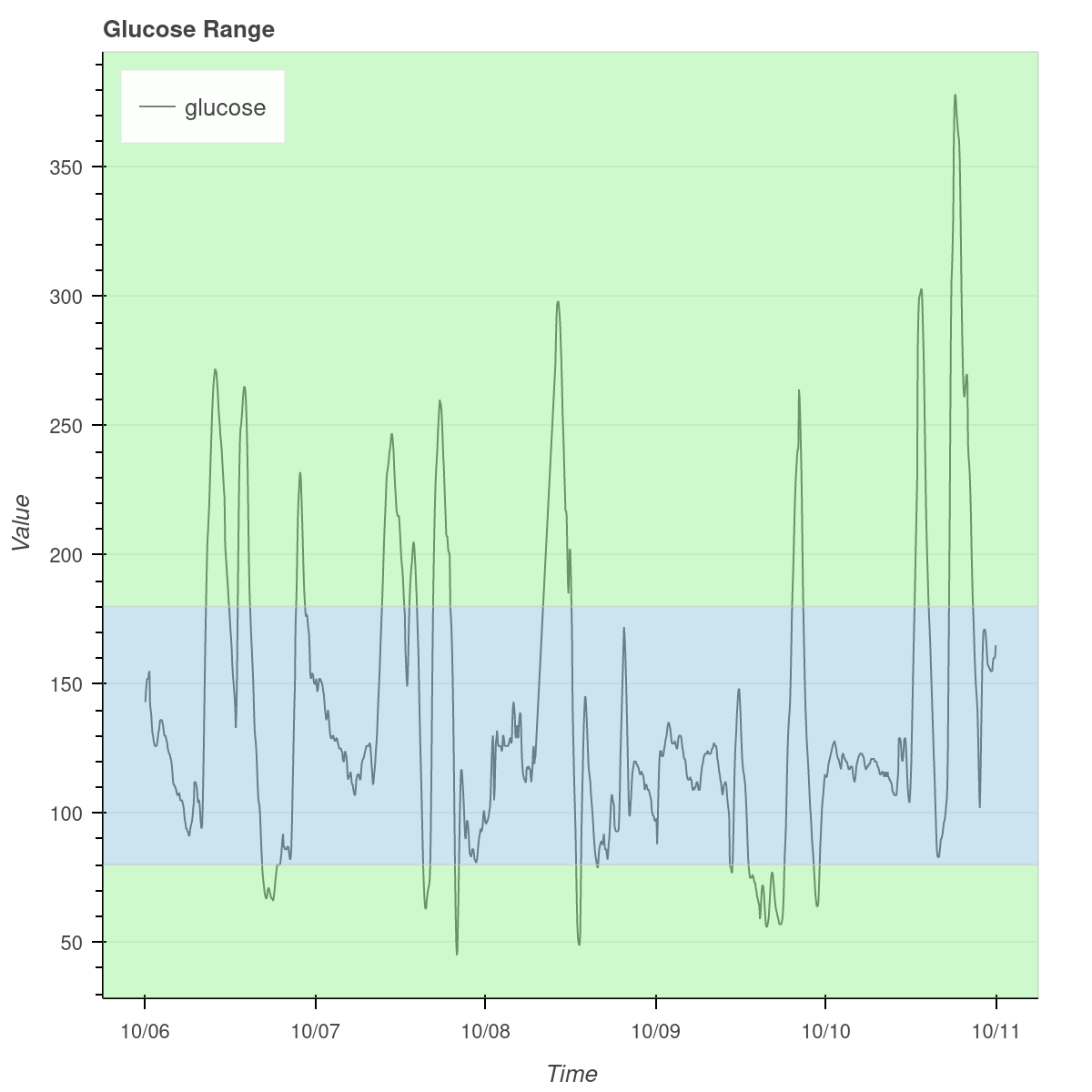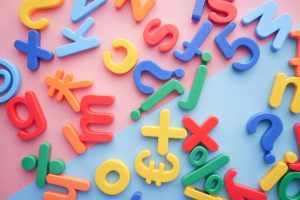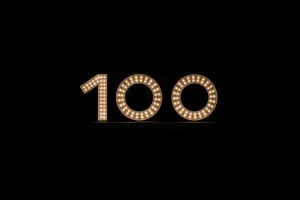Introduction
As computer science activity booms, you might not be able to discover every single tool out there. But some tools stand out and provide so much convenience for programmers, developers, businesses & clients. Bokeh is a Python visualization library which I’ve truly understood long time after discovering other libraries such as Seaborn, Matplotlib & Plotly.
1. Bokeh vs Seaborn & Matplotlib
In this article, I’d like to share the benefits of Bokeh and why you might want to particularly use Bokeh in various programming and consulting projects.
Check out this article I’ve posted before, If you’d like to see a practical Python tutorial with Bokeh:
Bokeh is a Python library for creating interactive visualizations for the web. It has some advantages over other popular Python visualization libraries like Seaborn and Matplotlib:
- Interactive visualization: Bokeh allows you to create interactive plots with features like hover tooltips, pan and zoom, and selection tools. This makes it easier to explore your data and communicate insights to others.
- Web-based: Bokeh plots can be easily embedded in web applications, which can be useful if you want to create dashboards or other web-based data applications.
- Large data support: Bokeh is optimized for handling large datasets and can render millions of data points quickly and efficiently.
- Easy customization: Bokeh has a wide range of built-in styling options, but it also allows you to easily customize the look and feel of your plots by modifying the CSS or using your own custom JavaScript code.
- Support for different platforms: Bokeh has support for Jupyter Notebooks, standalone HTML files, and server-based applications, which gives you more options for how you want to present and share your visualizations.
Seaborn and Matplotlib are great libraries for creating static visualizations, but they don’t have the same level of interactivity and web-based capabilities as Bokeh. However, each of these libraries has its own strengths and use cases, and the choice of which one to use depends on the specific requirements of your project.
2. Bokeh vs Plotly
Bokeh is my favorite visualization library in 2023. I’ve recently used Bokeh with Python to visualize complex big data and machine learning projects for clients from Dubai and Germany. Only after rigorously using Bokeh in real world scenarios, I was able to truly appreciate Bokeh’s capabilities.
Let’s put Bokeh’s competitive advantages under the microscope against Plotly. Since Plotly has lots of similarities in terms of interactive charting and html exports, it would be interesting to explore the advantages of Bokeh.
Bokeh and Plotly are both powerful Python libraries for creating interactive visualizations, but they have some differences in terms of their strengths and use cases:
- Flexibility: Bokeh provides more flexibility in terms of how you can create and customize your plots. It has a lower-level API that allows you to define your plots in code, and you can also use the high-level charts interface to create complex plots with minimal code. Plotly, on the other hand, is a bit more prescriptive in terms of how you create your plots, and it provides a more structured API.
- Integration with other tools: Bokeh is tightly integrated with the Python data science stack, and it works well with libraries like NumPy, Pandas, and Scikit-learn. This makes it easy to incorporate Bokeh plots into your existing Python workflows. Plotly, on the other hand, has a broader range of integrations with other languages and tools, including R, MATLAB, and Tableau.
- Licensing: Bokeh is released under the open-source BSD license, which means that it is free to use and distribute. Plotly has both open-source and commercial licenses, and some of its more advanced features require a paid subscription.
- Community and support: Both Bokeh and Plotly have active communities and good documentation, but Bokeh has been around for longer and has a larger user base. This means that there are more resources available for learning and troubleshooting with Bokeh.
- Performance: Bokeh is optimized for handling large datasets and can render millions of data points quickly and efficiently. Plotly is also performant, but it may be slower for large datasets or more complex visualizations.
In summary, Bokeh is a good choice if you want a flexible, customizable, and performant library that integrates well with the Python data science stack. Plotly is a good choice if you need a more prescriptive API or if you want to integrate with other tools outside of Python.
Summary
In conclusion, the choice of which Python visualization library to use depends on the specific needs and requirements of the user. Bokeh, Seaborn, Matplotlib, and Plotly all have their own strengths and use cases, and each library can be a great choice depending on the project’s specific needs. Bokeh is particularly well-suited for creating interactive, web-based visualizations and for handling large datasets efficiently.
Additionally, its flexibility, community support, and integration with the Python data science stack make it a popular choice among data scientists, consultants and visualization experts. Ultimately, the best way to determine which library is right for a given project is to experiment with different options and find the one that best meets the specific needs of the project.




